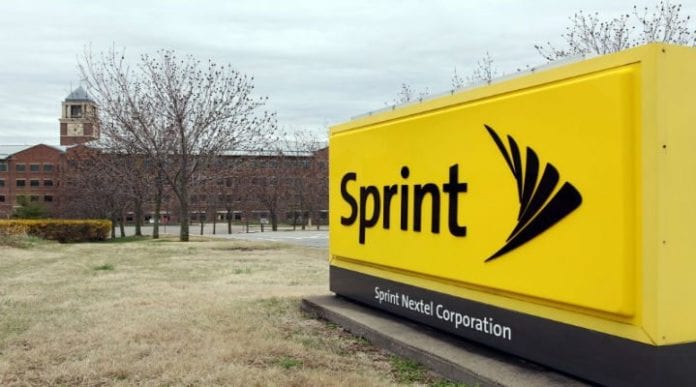Sprint continued the overall weak customer performance among top U.S. carriers, losing 118,000 postpaid customers and reporting lower than expected revenues. However, the carrier indicated plans to boost its network infrastructure spending and densification efforts to expand its use of 2.5 GHz bands.
Sprint Chairman and Softbank CEO Masayoshi Son said, “I welcome the unlimited war” and that Sprint’s spectrum position puts it in a good spot for capacity needs in an unlimited price-plan war with the other national carriers, all of whom have now established unlimited data plans.
“Other carriers don’t have the spectrum,” he added. “No other carrier can keep up with the capacity war.”
Total net additions were 187,000, reflecting the 118,000 postpaid customer loss as well as 180,000 prepaid net adds and 125,000 wholesale/affiliate additions. For the full year, Sprint said that its total net additions were 1.9 million: 811,000 postpaid adds, a net loss of 1.1 million prepaid customers and 2.1 million wholesale/affiliate adds.
Postpaid churn was 1.75% for the quarter, with phone churn of 1.58%; although the carrier noted that for the full year its postpaid phone churn rate hit an all-time low of 1.48%. Sprint reported a net loss for the quarter of $283 million, an improvement over the $554 million net loss a year ago. Net loss for full-year fiscal 2016 was $1.2 billion, a reduction from a $2 billion loss in fiscal 2015.
In prepaid, Sprint CEO Marcelo Claure told analysts on the quarterly call that the company plans to re-launch the Virgin Mobile brand this year in conjunction with a new arrangement with Apple. He also noted that Sprint is switching over Radio Shack stores to Sprint-branded retail locations and launching more Sprint and Boost-branded locations. The company also touted its cost reductions, saying that it cut $2.1 billion year-over-year from cost of service and sell, general and administrative expenses.
On the call with analysts, Sprint executives repeatedly indicated that they are satisfied with the company’s spectrum holdings and had no regrets about its lack of participation in the recently-closed 600 MHz auction. Claure said that the company has “more spectrum than most wireless carriers around the world” and more than other U.S. competitors — and that the company’s strategy to put money into network densification, rather than more spectrum, is the right one for Sprint.
The company outlined plans to leverage its 2.5 GHz holdings through a combination of new devices that support high-power user equipment features to boost the coverage range of that spectrum (such as the Samsung Galaxy S8 and S8+, LG G6 and ZTE Max XL) and network densification. Sprint expects to spend $3.5 to $4 billion on network-based capital expenditures in the coming year, which will boost the network side of its spending compared to total capex spending (of devices and network) of about $3.9 billion in fiscal 2016. The fiscal 2016 number was significantly less than what Sprint spent on its network in fiscal 2015, and considerably less than the $5.4 billion spent in 2014.
Still, the stock took a hit of almost 10% in midday Wednesday trading as investors reacted to a miss on expected revenues (Sprint reported $8.5 billion, up 6% year-over-year, while analysts were expecting closer to $8.69 billion, according to Yahoo Finance) — and perhaps the non-committal stance of Sprint’s executives to questions about potential a potential merger.Son and Claure made it clear that Sprint is watching ongoing tussles like the battle over Straight Path, but Son said that while Sprint is “very much open-minded” about potential transactions, the company is also “self-sufficient, so we’re not in a rush.”
Sprint’s stock price has been trending upward in the past year, and many analysts cite a potential merger as the driver.

